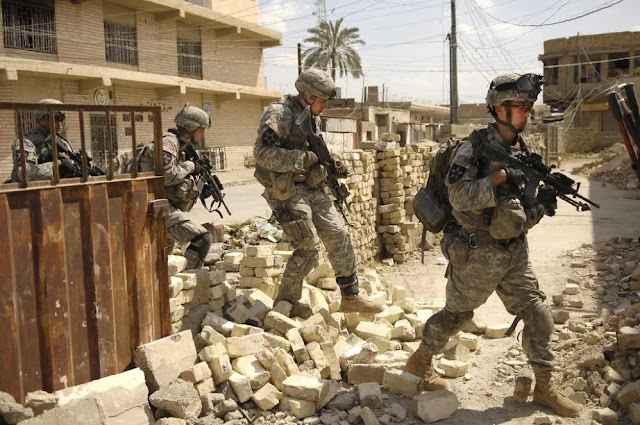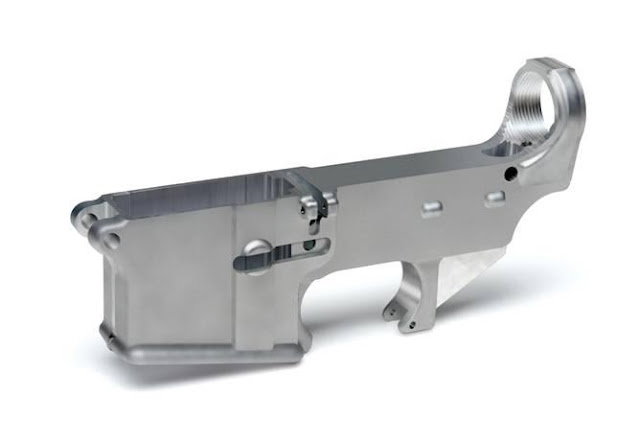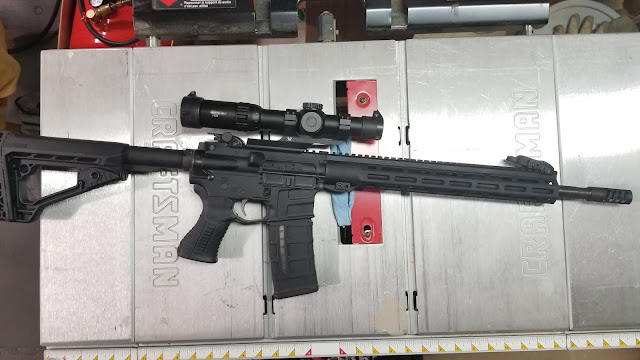The "Assault Rifle" Concept

Source Introduction: The assault rifle as we are familiar with it today has been a staple of warfare since the end of the Second World War. Assault rifles are typically defined as being select-fire rifles that fire an intermediate cartridge, such as 5.56 or 7.62x39mm. There are also "battle rifles" that are in slightly larger calibers such as 7.62 NATO. However, because Assault Rifle is a more well-defined term, and 7.62 NATO was designed as an 'intermediate' cartridge, I'm going to include rifles such as the FAL and SCAR-H under the moniker of "Assault Rifles". I'm going to try to give a brief overview of the history behind the assault rifle concept, and how the idea spread to be the definition of a modern service rifle. Details: In order to understand the necessity of the assault rifle, you need to go back to WWI and WWII. WWI was a war of outdated tactics combined with modern warfighting technology. For US forces, there was a heavy e...



